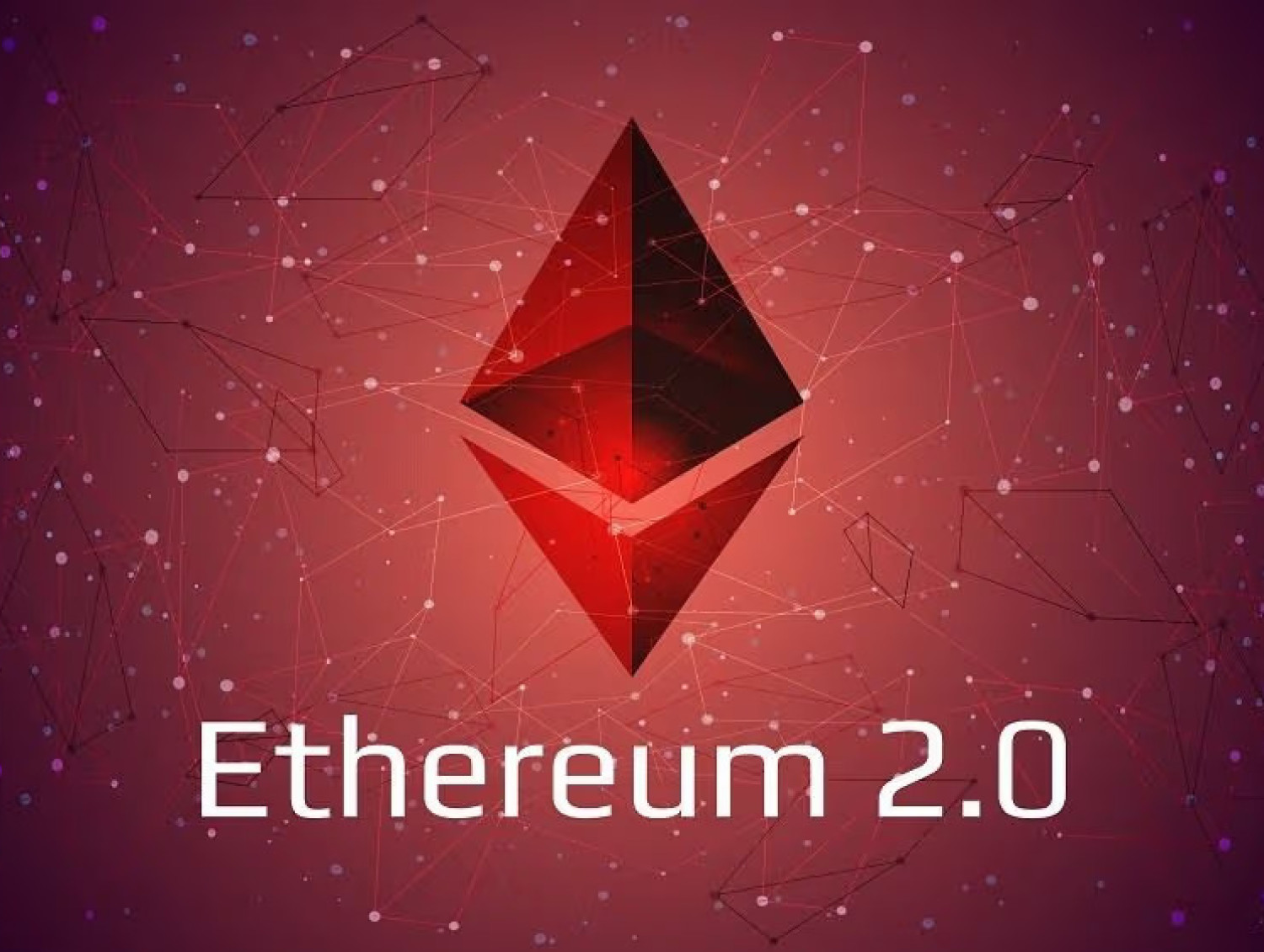What Is Ethereum 2.0 and Why It Matters in 2025

The cryptocurrency space is constantly evolving—but few changes have been as significant or as anticipated as Ethereum 2.0. Also known as "The Merge" (in its initial phase), Ethereum 2.0 marks a monumental shift in the Ethereum blockchain, transforming it from a Proof-of-Work (PoW) model to a more sustainable and scalable Proof-of-Stake (PoS) system.
In this article, we’ll break down what Ethereum 2.0 is, how it works, and why it’s a game changer for the crypto industry in 2025 and beyond.
What Is Ethereum 2.0?
Ethereum 2.0, also referred to as Eth2 or Serenity, is an upgraded version of the original Ethereum blockchain. Its primary goal is to address the scalability, security, and sustainability issues that have plagued Ethereum since its inception.
Key Upgrades in Ethereum 2.0:
- Consensus Mechanism Switch: From PoW to PoS
- Scalability Improvements: Via sharding and rollups
- Enhanced Security: Through validator-based consensus
- Eco-Friendly: 99.95% reduction in energy usage
Understanding the Technical Shift
From Proof-of-Work (PoW) to Proof-of-Stake (PoS)
Under the original PoW system, Ethereum relied on miners using powerful hardware to solve complex puzzles to validate transactions—a method criticized for its high energy consumption.
In contrast, PoS allows validators to confirm transactions based on the number of ETH they hold and lock up (stake). This mechanism is not only energy-efficient but also encourages long-term investment and network participation.
Fun Fact: Ethereum’s energy consumption dropped by over 99.95% after switching to PoS.
Ethereum 2.0 Timeline and Key Milestones
| Phase | Description | Status |
|---|---|---|
| Beacon Chain | PoS mechanism launched separately | ✅ Live since Dec 2020 |
| The Merge | Merged Beacon Chain with Ethereum Mainnet | ✅ Completed in Sept 2022 |
| Shanghai Upgrade | Enabled ETH withdrawals from staking | ✅ Completed in 2023 |
| Future Phases | Sharding for scalability | ⏳ Rolling out in 2025 |
Why Ethereum 2.0 Matters in 2025
1. Scalability for Mass Adoption
Ethereum previously handled about 15 transactions per second (TPS). With Ethereum 2.0 and Layer 2 rollups + sharding, that number could grow to over 100,000 TPS, making it viable for everything from gaming to global finance.
2. Lower Gas Fees
As network congestion decreases, users can expect lower transaction (gas) fees, which has been a major barrier for everyday users and dApp developers.
3. Decentralized Finance (DeFi) Expansion
With more reliable infrastructure, DeFi platforms on Ethereum can grow confidently without the risks of high fees, congestion, or sluggish speeds.
4. Increased Institutional Confidence
Ethereum’s green credentials and improved scalability make it far more attractive to institutions, ESG investors, and enterprises considering blockchain solutions.
5. Strong Staking Economy
By 2025, over 30 million ETH have been staked, locking value into the ecosystem and rewarding participants with passive income (currently around 3–5% APR).
Ethereum 2.0 vs Other Blockchains
| Feature | Ethereum 2.0 | Solana | Cardano | BNB Chain |
|---|---|---|---|---|
| Consensus | PoS | PoH + PoS | PoS | PoSA |
| TPS Potential | 100,000+ | 65,000 | 250 | 160 |
| Energy Usage | Low | Low | Low | Low |
| DeFi Ecosystem | Largest | Growing | Stable | Broad |
Despite competition, Ethereum still leads in terms of developer activity, total value locked (TVL), and ecosystem diversity.
Should You Care as an Investor?
Yes Ethereum 2.0 affects price volatility, staking opportunities, and long-term viability. ETH may evolve into a deflationary asset, thanks to the EIP-1559 burn mechanism combined with staking, which reduces selling pressure.
Risks & Criticisms
While Ethereum 2.0 is a major improvement, it's not without concerns:
- Centralization of Validators: Large entities may dominate staking.
- Delays in Sharding: Full scalability hasn’t been realized yet.
- Smart Contract Risks: Bugs in new implementations could cause issues.
What’s Next for Ethereum?
In 2025 and beyond, Ethereum’s roadmap includes:
- Full sharding deployment
- Stateless clients for light nodes
- Quantum resistance research
- Zero-knowledge rollups to enhance privacy and speed
Final Thoughts
Ethereum 2.0 is not just an upgrade it's a complete reimagining of how a blockchain should function in a decentralized world. Its impact reaches beyond crypto, potentially influencing how we handle data, digital identity, finance, and governance in the future.
As a builder, investor, or crypto enthusiast, Ethereum 2.0 is a narrative worth following and possibly participating in.
Stay Tuned
Want updates on Ethereum and the crypto market? Subscribe to our newsletter for weekly insights, trend analysis, and early access to guides.
